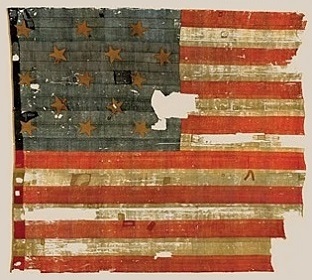|
This page is dedicated to the APUSH class of 2003-04, fascinated—for reasons too dim to matter—with William Harris Crawford, Georgia's stellar politician of the early 1800s. During his somewhat brief career, Crawford was elected to the United States Senate (where, as President pro tempore, he became the nation's first "Acting Vice-President" when elected Vice-President George Clinton died) and filled two Cabinet posts, serving first as Secretary of War and then Secretary of Treasury (both under President James Madison; the latter extended into President James Monroe's administration). The most memorable historical episode involving Crawford occurred in 1824 when he was the official presidential candidate (and early odds-on favorite) of the reigning Democratic-Republican Party. The recent demise of the rival Federalist Party disrupted America's two-party system which in turn caused a sectional fissure in the Democatic-Republican ranks, thus the 1824 White House race became a four-candidate affair among members of the same party but with differing geographical appeal. The resulting sectionalism, coupled with a stroke suffered the year prior, slammed shut the White House door for Crawford. Ultimately decided by the House of Representatives, the election is known historically as the "corrupt bargain" (labeled as such by the sore losers of the Andrew Jackson camp to explain how Jackson was among the unelected and pave his way to the Oval Office four years later). After the election, Crawford substantially reduced his participation in national politics. Regarding major issues of the period, Crawford was identified as pro-slavery and an advocate of states' rights, endorsed rechartering the Bank of the United States, usually supported federal funding of internal improvements, fell in line with Indian removal, and was known to vote both ways on protective tariffs.
Crawford is pictured above on the far left. The other gentlemen shown were notable Peach State politicians throughout American history. Which can you identify?
|


